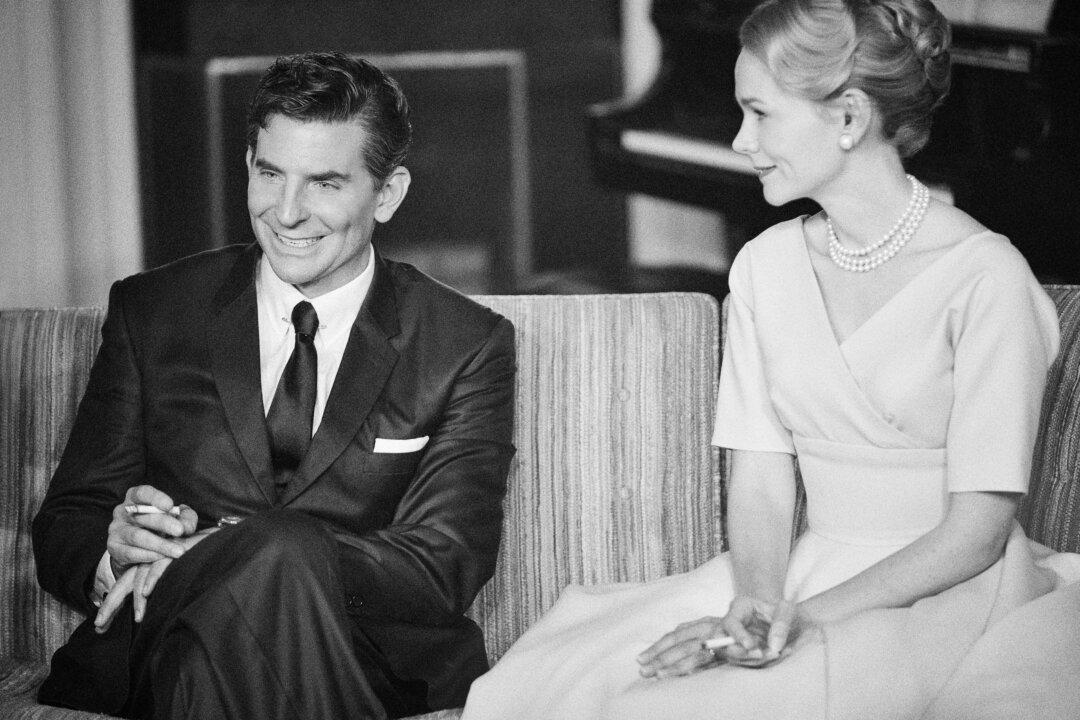Commentary
One of the most advertised films of late 2023 was “Maestro.” From the title, it’s obvious that this movie is about a famous musician, although what type is unclear. These musician biopics often choose a more recognizable title, such as something with one of the topic’s names in it or the title of a famous composition. In the case of this film, I would have guessed that it would be called “Lenny” or “Bernstein.”





